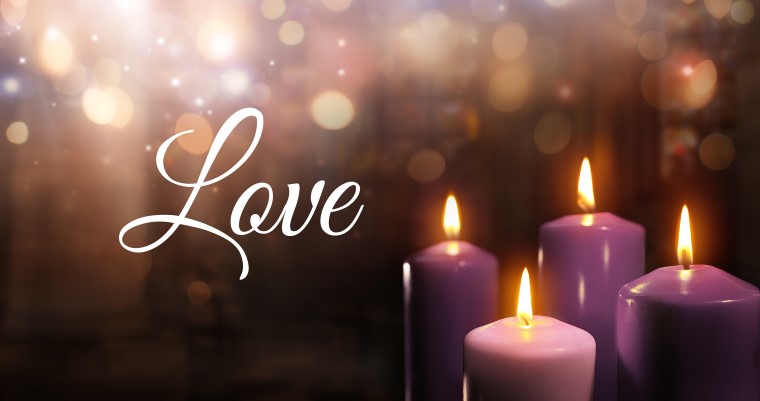
Christmas is a wonderful time of year when we gather with friends to sing carols about the birth of Jesus and often indulge in too much food and drink. We get to enjoy our version of Christmas because we are relatively wealthy and live in a country that is peaceful most of the time.
Unfortunately for many millions of people, our sort of Christmas celebration is a fantasy … whether for those struggling through a cold winter in Ukraine without electricity or water, or hungry and famished in East Africa or asylum seekers still living in limbo in Australia and wondering if and when they might be deported or offered a visa.
The Christmas stories that we are given in three of the four Gospels are far more gritty and challenging than we usually imagine. The best known in Luke’s Gospel suggests that Jesus was born on the road to an unwed mother far from home and in the shadow of the oppressive threat of the Roman army. There was no roast dinner or a warm bed to snuggle into.
Matthew illustrates a different danger, this time from King Herod and his violent soldiers on the warpath to remove any perceived threat to Herod’s hold on power. Joseph and Mary and Jesus had to be ready to flee at short notice. Then there is John’s expansive view of events from a heavenly perspective where the Word of God risks taking on human flesh in Jesus and faces rejection from most people, which was also the lived reality for John’s community.
So there is a real cost that underlies the Christmas story – hardship, threat and persecution. The good news is that God considered these challenges worth taking the risk for. And so Jesus was born into a divided and dangerous world, born to an obscure rural couple and whose birth was celebrated only by those at the fringes of society, the shepherds.
Yet these stories also point to God being content to bring hope and favour in the most unpromising situations and to work through unlikely people. The warning to the comfortable and rich like us in these stories is that it is easy for us to miss or reject what God may be doing in our midst. May the Spirit open our eyes to see what is really worth celebrating at Christmas and what the cost might be if we are to fully embrace the story of the one born at Bethlehem.



